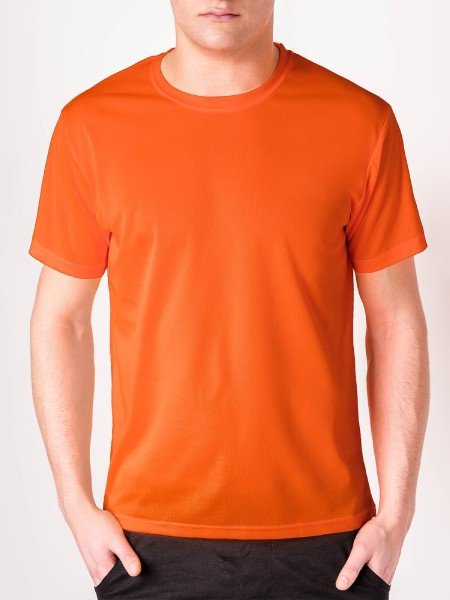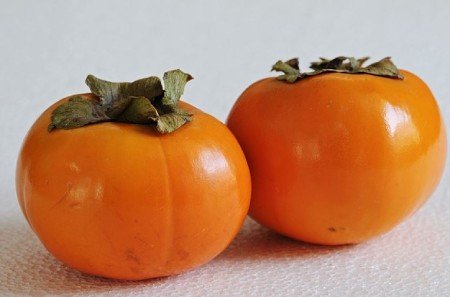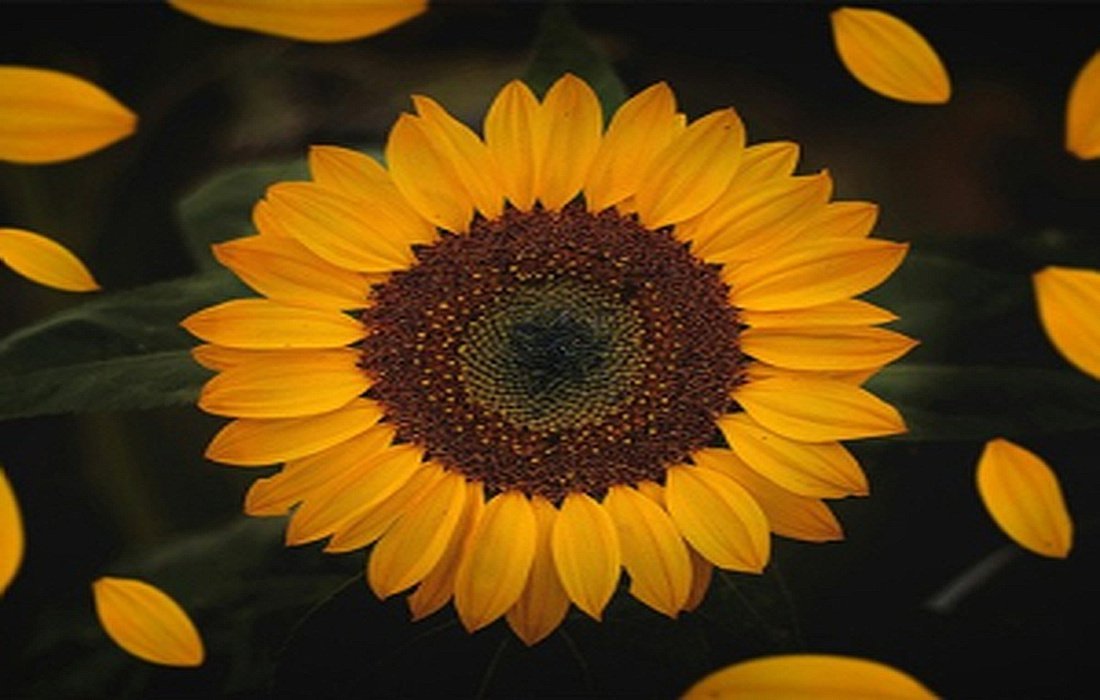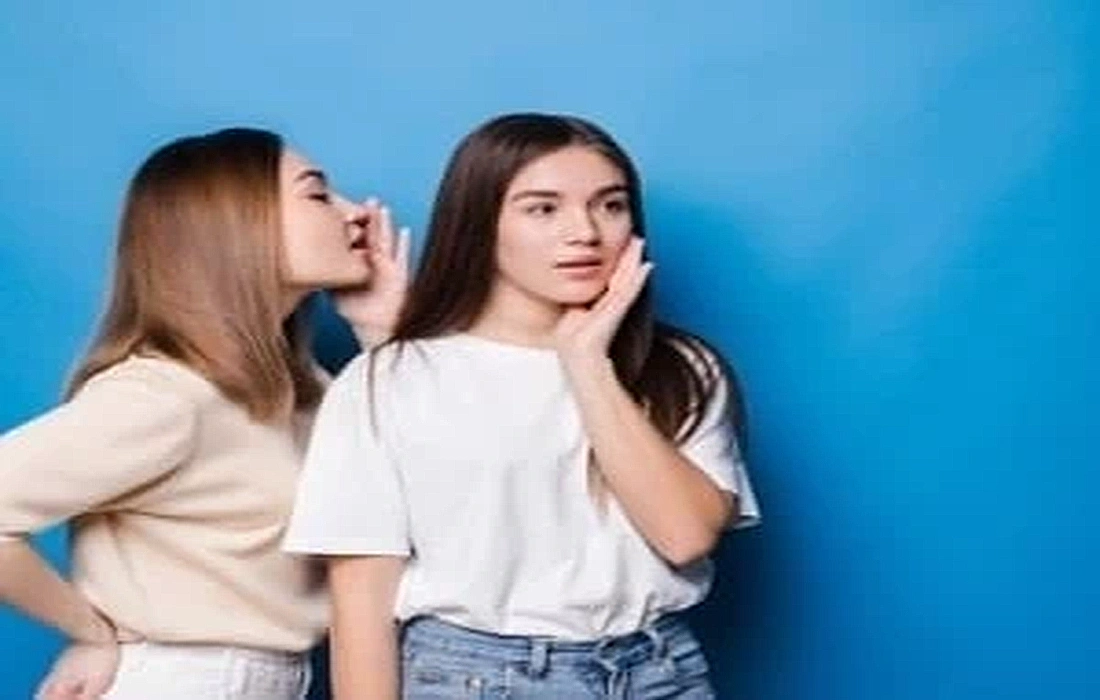
Effects of the Color Orange
Psychological Effects of the Color Orange
Colors not only have aesthetic aspects but also affect human emotions and behaviors. Orange is one of the warm colors known for its stimulating and energizing qualities. This color has specific characteristics due to the combination of yellow and red, which we will examine in this article.
History and Symbolism of the Color Orange
The color orange holds different meanings in various cultures. In Western cultures, it is typically associated with warmth, happiness, and positive energy. In contrast, in Eastern cultures, such as China, orange signifies good luck and happiness. Additionally, in various religions, orange symbolizes spirituality and the search for meaning.
Psychological Effects of the Color Orange
Due to its unique qualities, the color orange has the following effects on human psychology and emotions:
Stimulation and Energy
Orange is generally recognized as an energizing color. It can evoke feelings of freshness and vitality, helping individuals to be more active in their daily activities.
Self-Confidence and Assurance
The use of orange can enhance feelings of confidence and help individuals express themselves better. It can instill a sense of strength and the ability to achieve goals.
Creativity and Innovation
Orange is recognized as a creative color. It can stimulate imagination and innovation, helping individuals to generate new ideas.
Social and Communicative
Orange typically enhances a sense of sociability. This color can bring people closer together and facilitate social interactions.

Psychological Effects of the Color Orange
Applications of the Color Orange
Orange has many applications in design and visual arts. Some common uses of this color include:
Interior Design
In home decoration, using orange can create a sense of warmth and intimacy. This color is commonly used in spaces like living rooms and kitchens.
Advertising and Marketing
Many brands use orange in their advertising to attract customers’ attention and convey a sense of positivity and energy.
Fashion and Clothing
Orange is recognized as an attractive and vibrant color in the world of fashion, helping individuals showcase their personality and spirit.

Orange and Positive Energy
Visual and Psychological Characteristics of the Color Orange
1. Color Composition
In the color wheel, orange is known as a secondary color, created by blending the primary colors yellow and red. This combination carries the characteristics of both colors: the energy and excitement of red and the joy and happiness of yellow.
2. Shades and Tones
Orange has various shades and tones, each conveying different emotions. For example:
Dark Orange: Typically evokes feelings of calmness and stability.
Light Orange: This color conveys feelings of joy and vitality whereas its brightness is often used to draw attention.

Use of Orange in Fashion and Clothing
Effects of Orange on the Environment
Due to its unique characteristics, orange significantly influences the surrounding environment. Specifically, this color can impact various spaces:
1. Work Environments
Using orange in work offices can enhance creativity and innovation. This color is usually utilized in team spaces or meeting rooms to strengthen a sense of collaboration and interaction.
2. Public Spaces
In public spaces like cafes and restaurants, orange can create a sense of warmth and intimacy, fostering connection among people.
3. Educational Spaces
In educational environments, orange can help increase focus and creativity among students. It can enhance their motivation and desire to learn.

Cultural Meanings of the Color Orange
Cultural and Social Effects
The color orange has different meanings across cultures that can influence how this color is perceived and applied:
1. Western Cultures
In Western societies, orange is commonly associated with joyful celebrations and occasions like Halloween and Thanksgiving, recognized as a symbol of happiness and festivity.
2. Eastern Cultures
In some Eastern cultures, orange may represent happiness and prosperity. In countries like India, orange is especially prevalent during religious ceremonies and festivals.

Psychological Effects of Orange in the Environment
Frequently Asked Questions about the Psychology of Orange
1. What feelings does orange convey?
Generally, the color orange conveys feelings of joy, energy, and positivity. Due to its warm characteristics, it can create a sense of warmth and intimacy.
2. Is orange suitable for work environments?
Yes, orange can help increase creativity and innovation in workplaces. This color is often used in team spaces and meeting rooms to enhance interaction and collaboration.
3. How is the color orange created?
Orange is a secondary color obtained by mixing the two primary colors yellow and red. This combination creates specific characteristics in this color that convey feelings of happiness and energy.
4. What impact does the color orange have on people’s behavior?
Orange can boost self-confidence, creativity, and sociability in individuals. This color helps people express themselves better and be more active in social activities.
5. Does orange have different meanings in various cultures?
Yes, orange has different meanings across cultures. In Western cultures, it is often associated with happiness and celebration, while in Eastern cultures like India, it symbolizes happiness and prosperity.
6. Is using orange in home decor recommended?
Yes, using orange in home decor can impart warmth and intimacy to a space. This color is generally applied in social areas like living rooms and kitchens.
7. Can orange stimulate creativity?
Yes, orange is recognized as a creative color and can serve as a stimulus for imagination and innovation. It helps people generate new ideas and succeed in their creative activities.
8. What shades and tones of orange exist, and what feelings do they evoke?
Orange comes in various shades and tones:
Dark Orange: Conveys feelings of calmness and stability.
Light Orange: Evokes feelings of joy and energy and is suitable for capturing attention.
9. Can orange be useful in educational spaces?
Yes, orange can help enhance focus and creativity in educational environments, boosting students’ motivation and enthusiasm for learning.
10. Is orange effective in advertising?
Yes, many brands use orange in their advertisements to catch customers’ attention and convey a positive and energetic feeling. This color helps create an attractive and vibrant brand image.
Final Thoughts:
The color orange, known for its energizing qualities, has significant effects on human psychology and behavior. It enhances feelings like happiness, creativity, and social connection by combining the characteristics of red and yellow. Furthermore, the applications of orange in interior design, marketing, and fashion demonstrate its power in attracting attention and creating positive connections. When choosing colors for different environments, it is crucial to consider the psychological and cultural impacts of each color. With its unique characteristics, orange can help create a pleasant and energizing atmosphere. Therefore, the intelligent use of this color in daily life and work environments can lead to positive outcomes.
Compiled by:SelMagz Psychology Section







